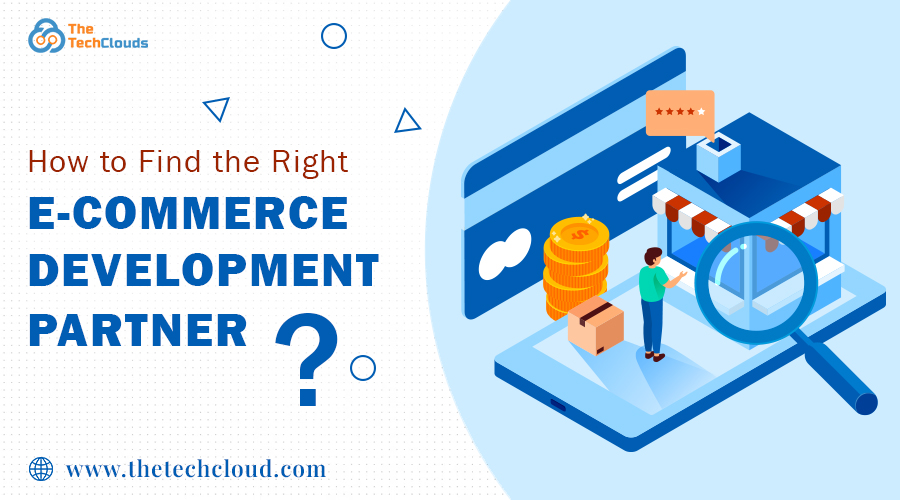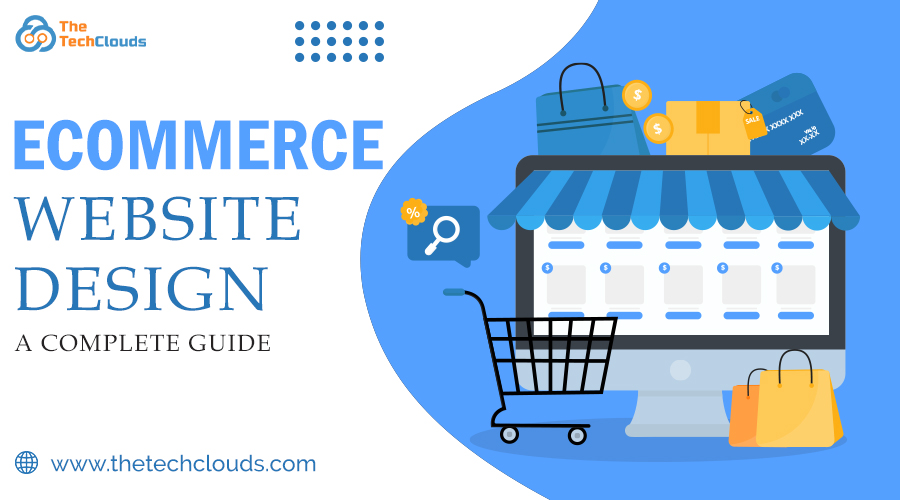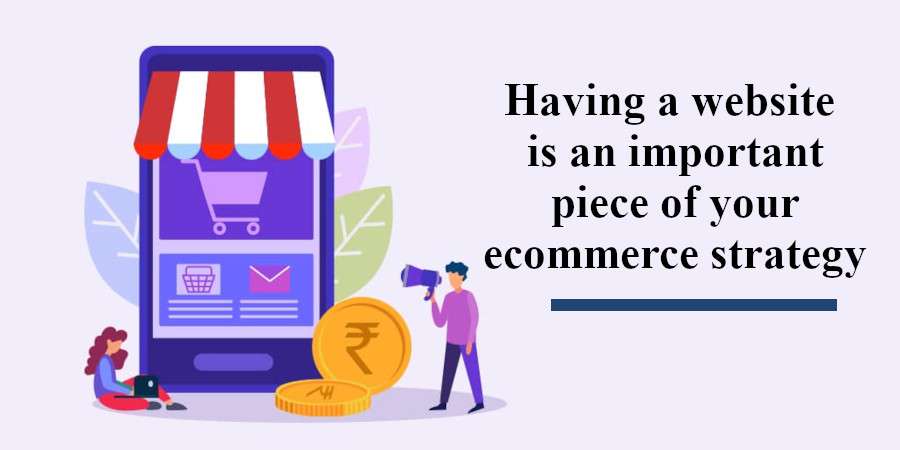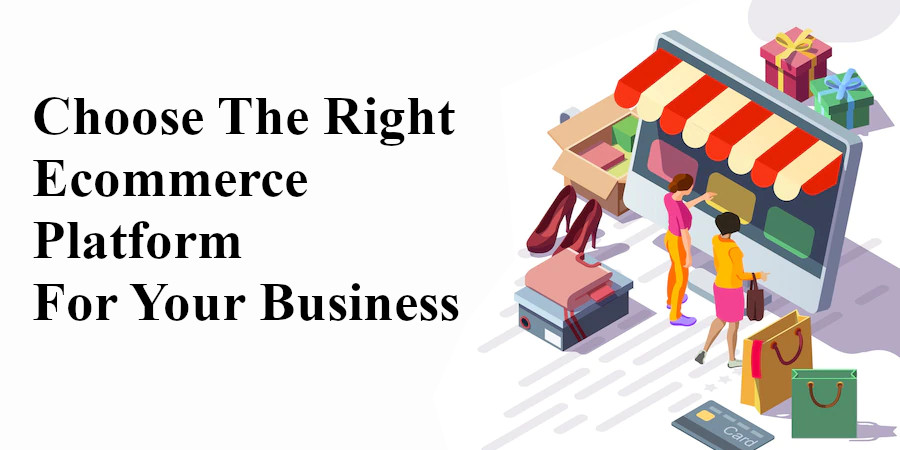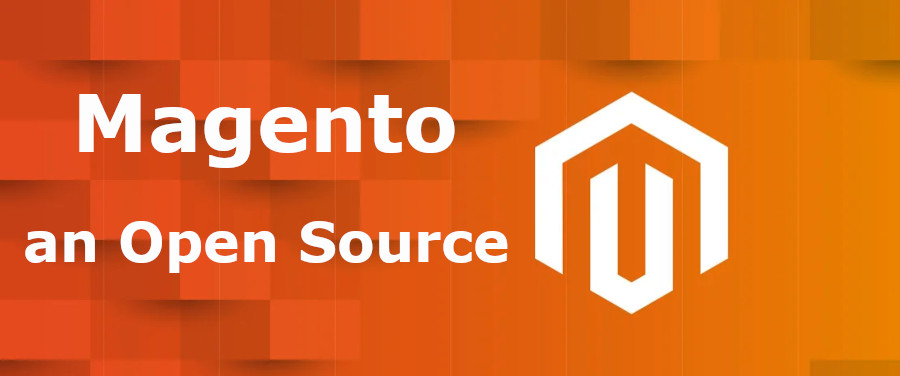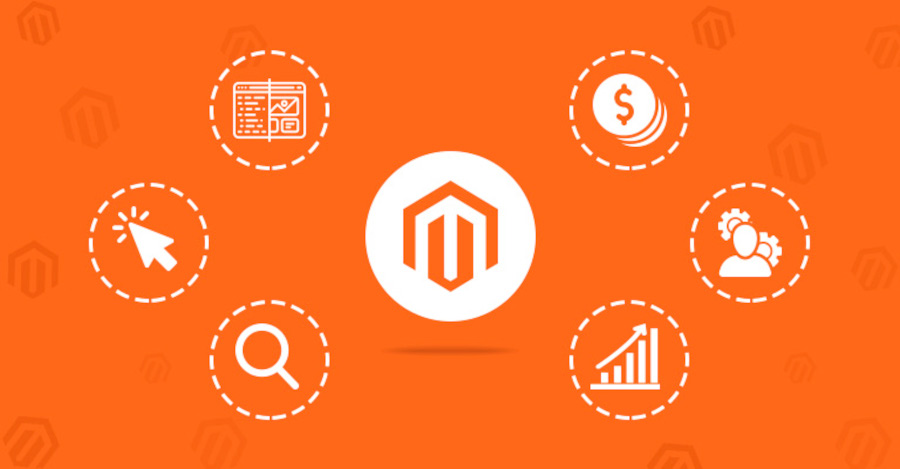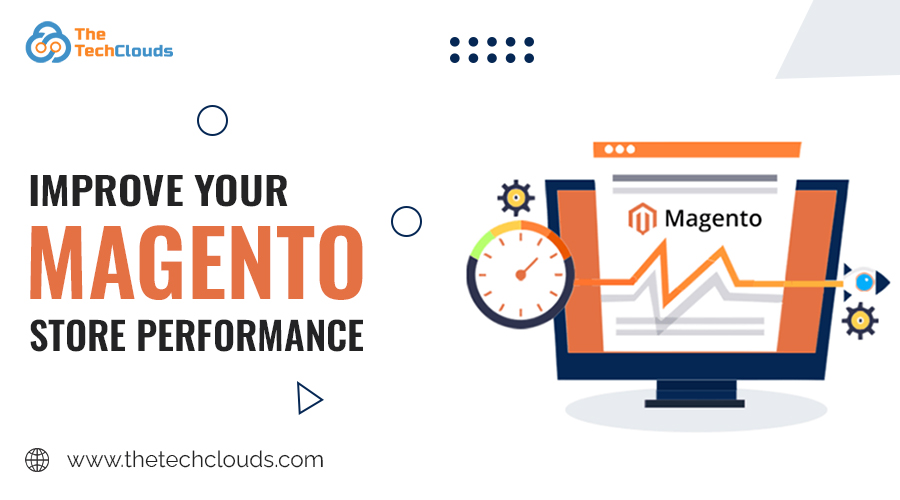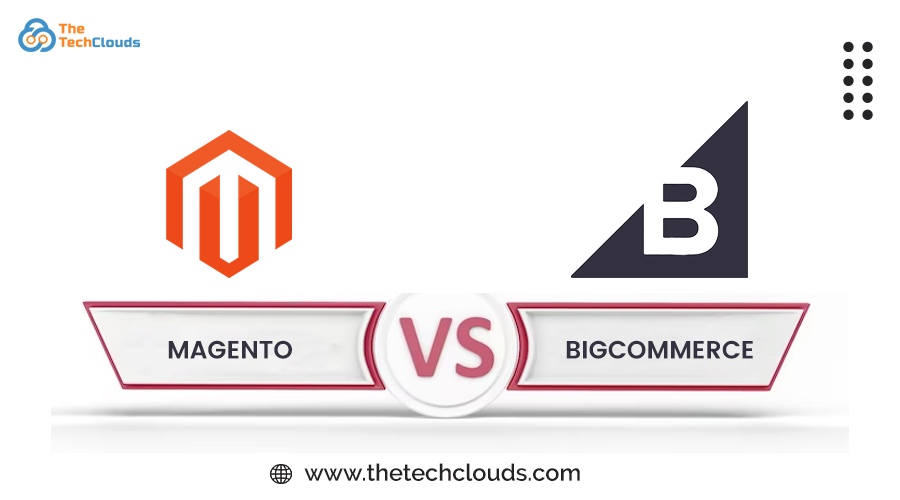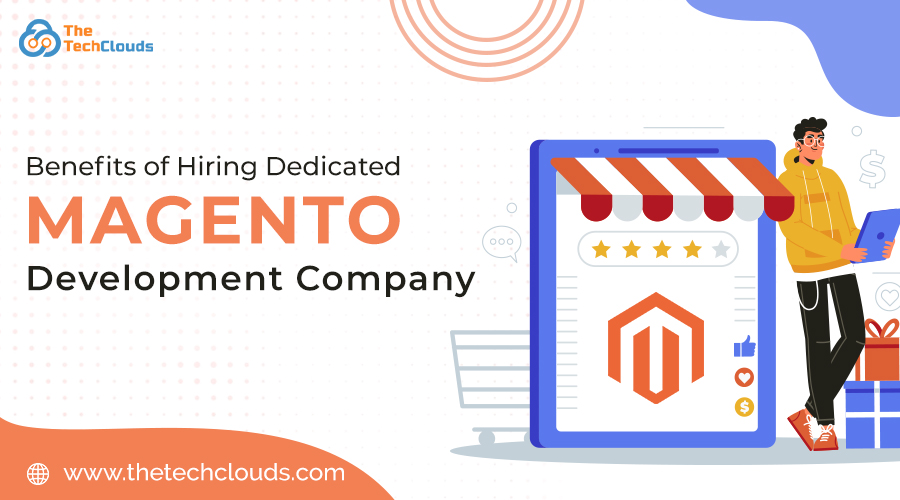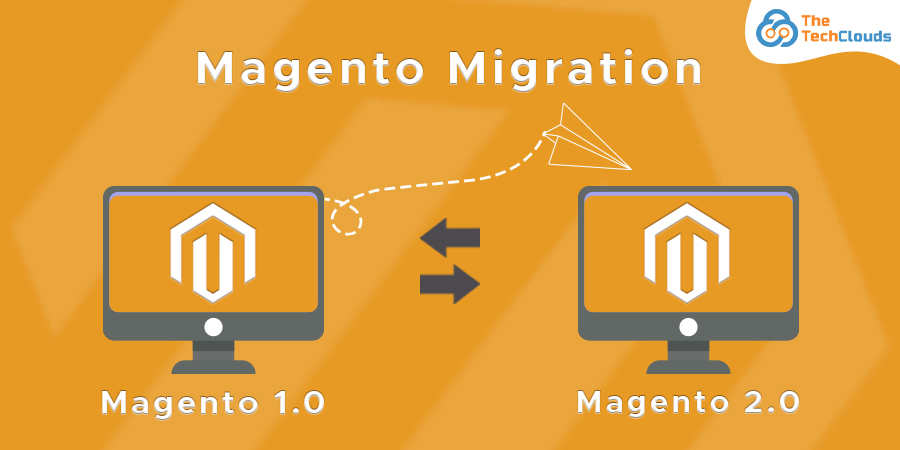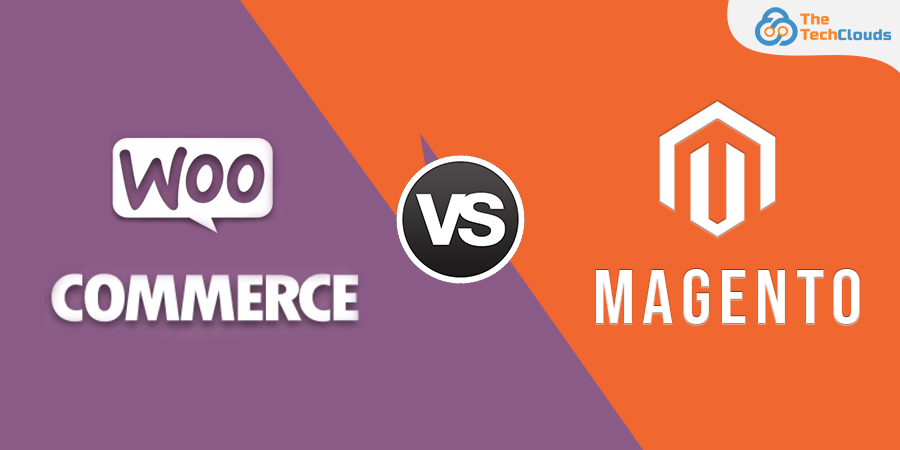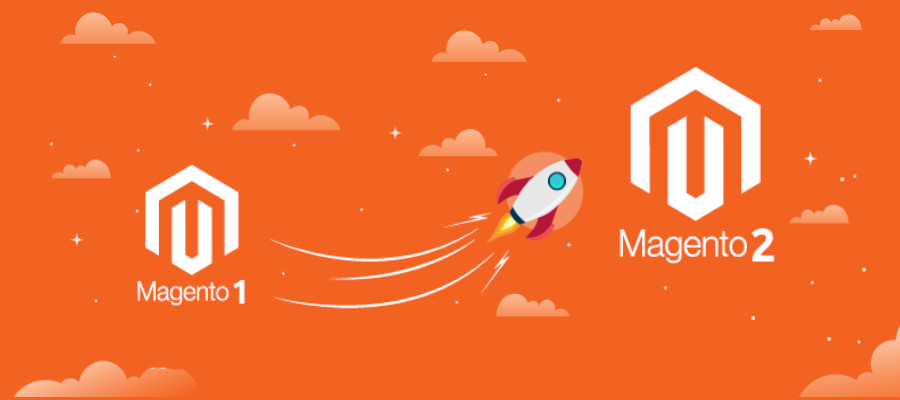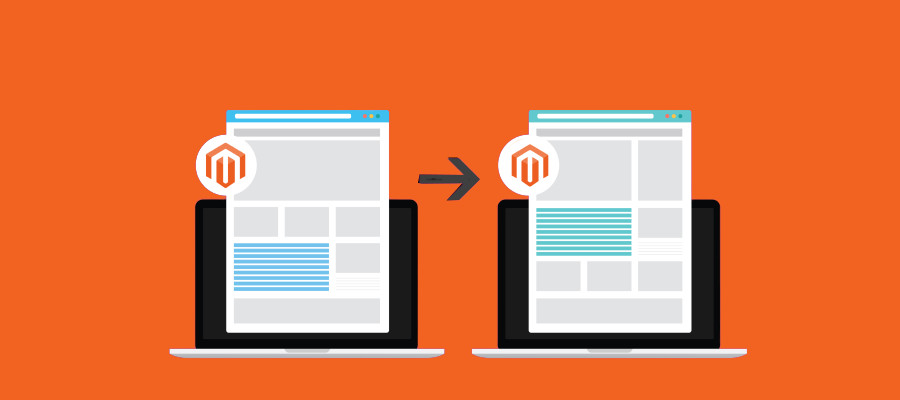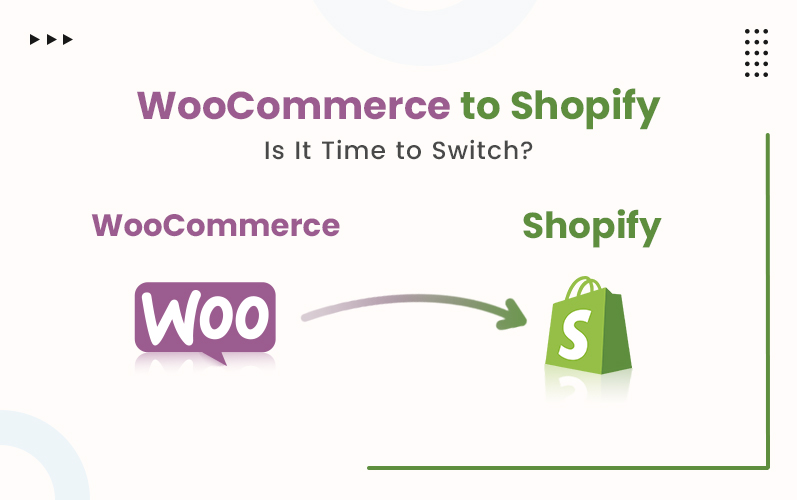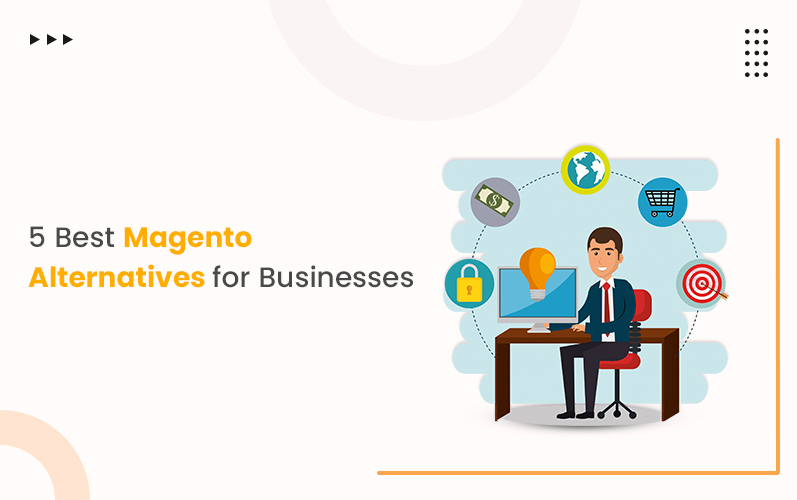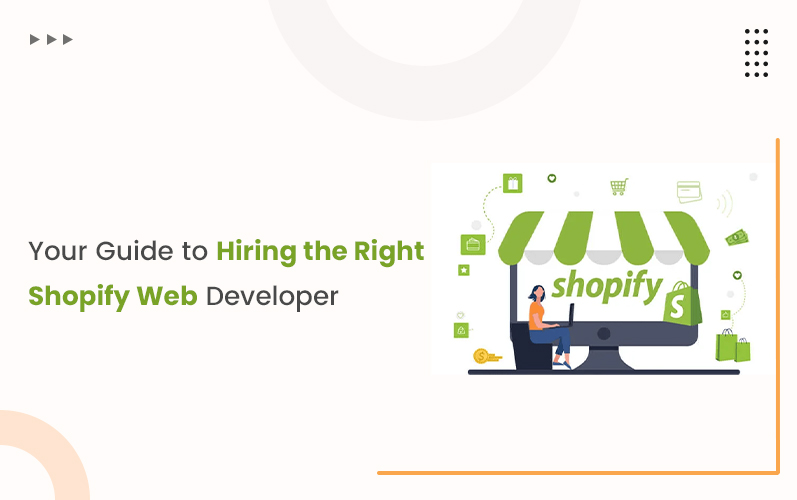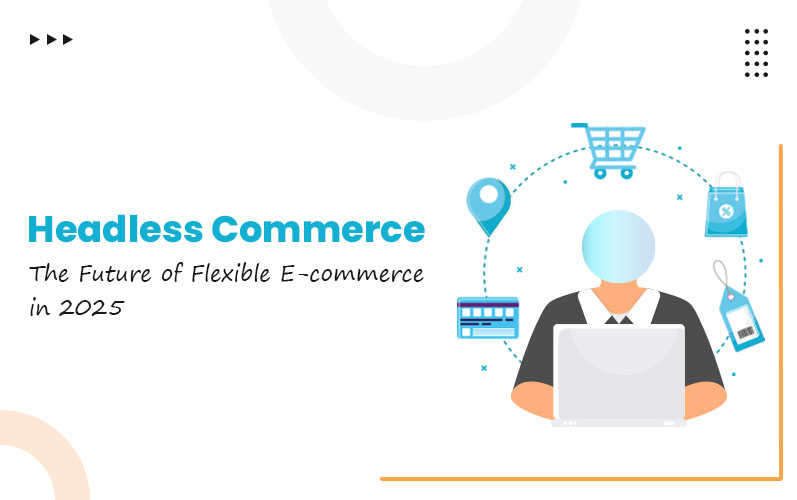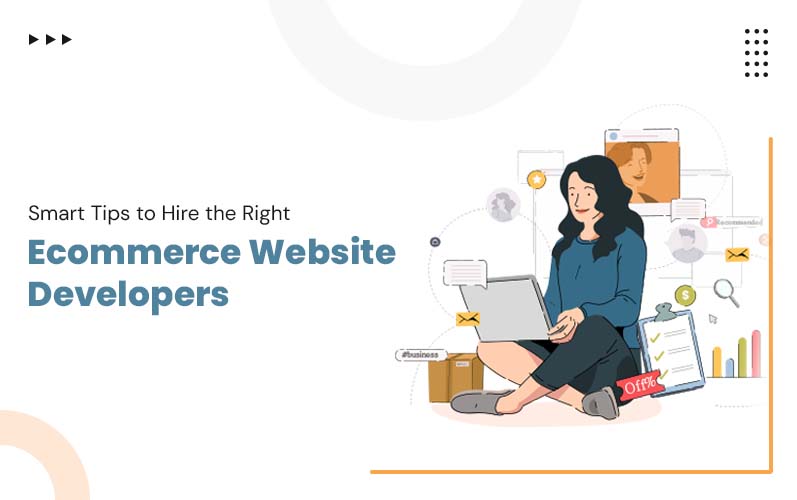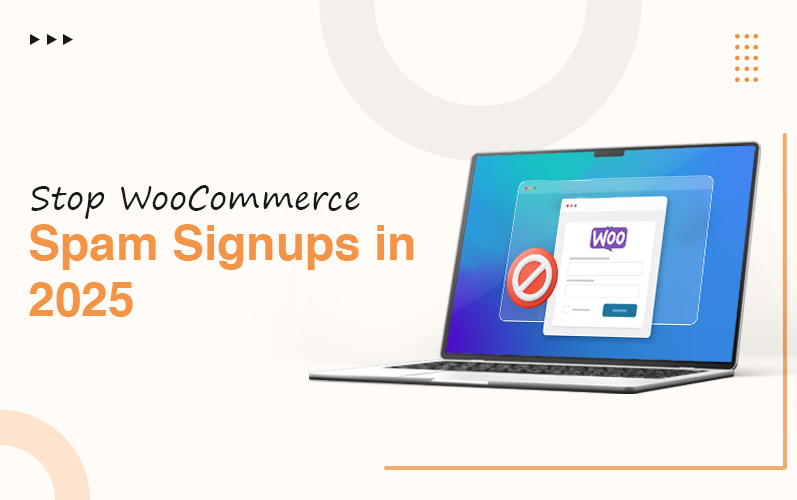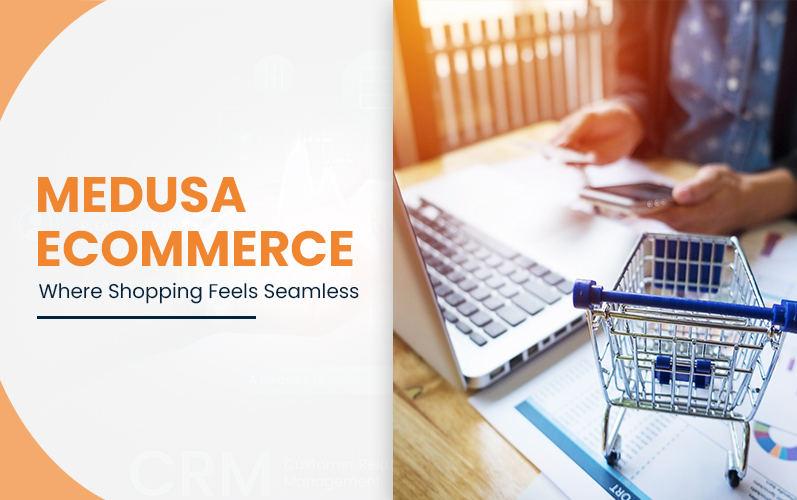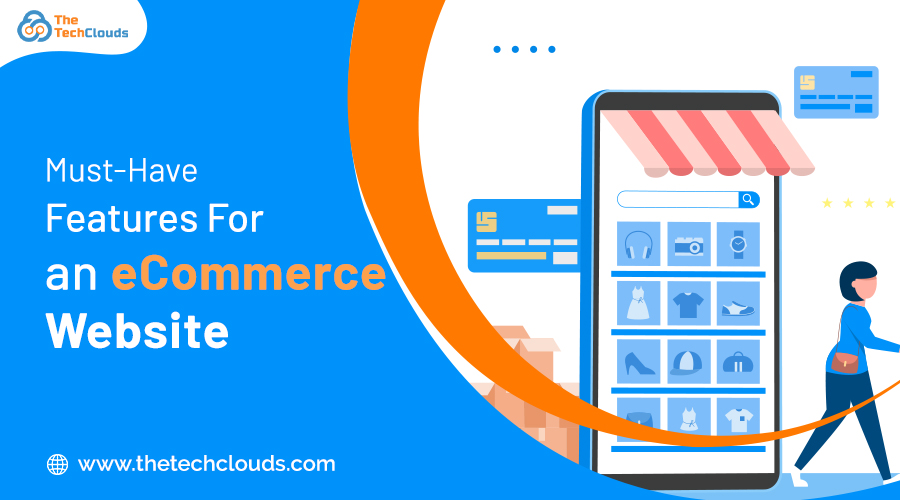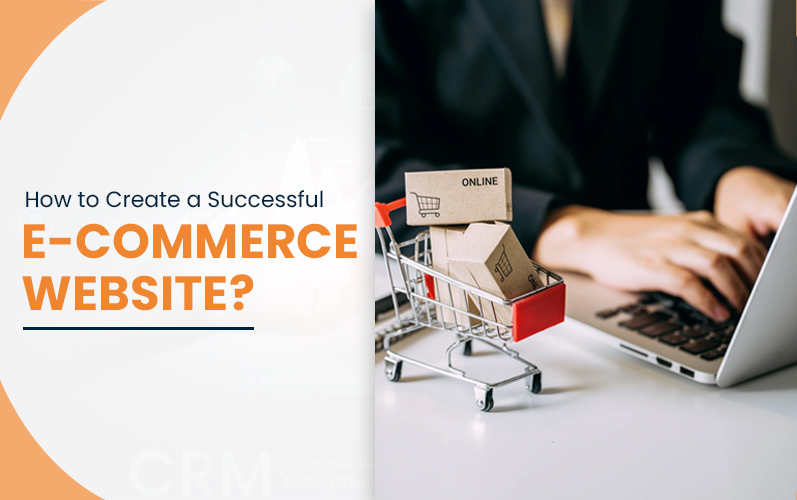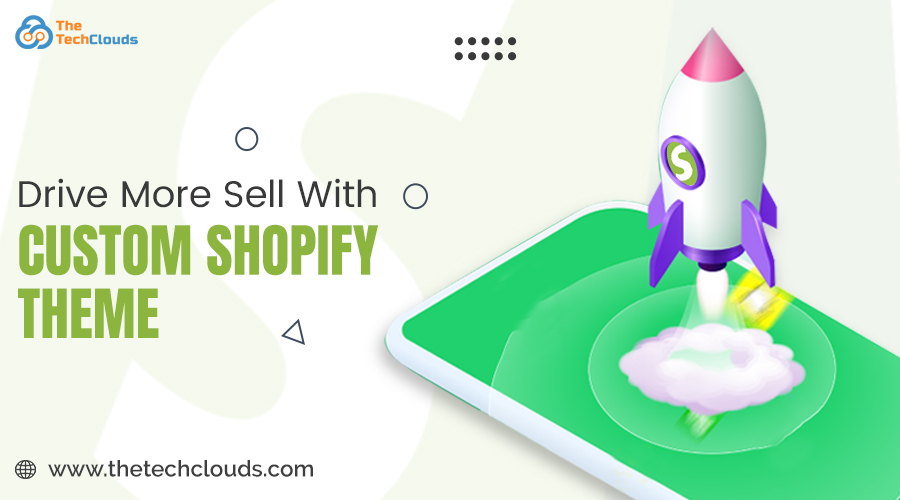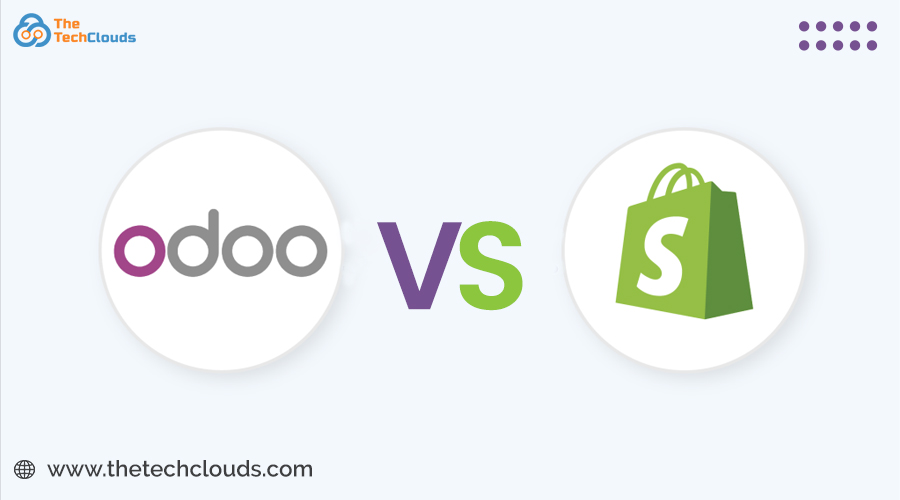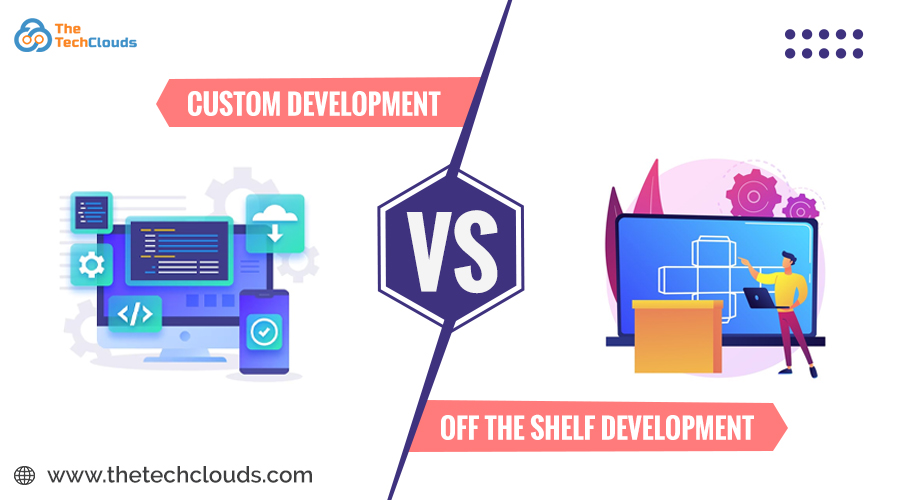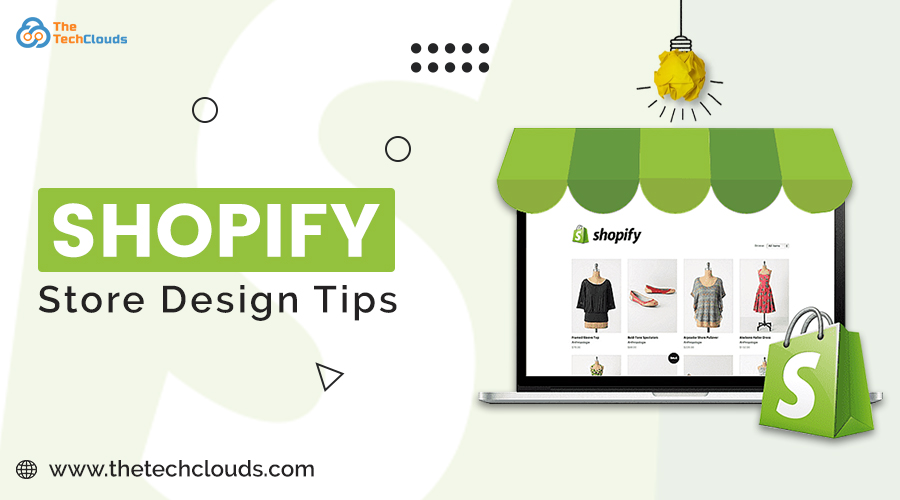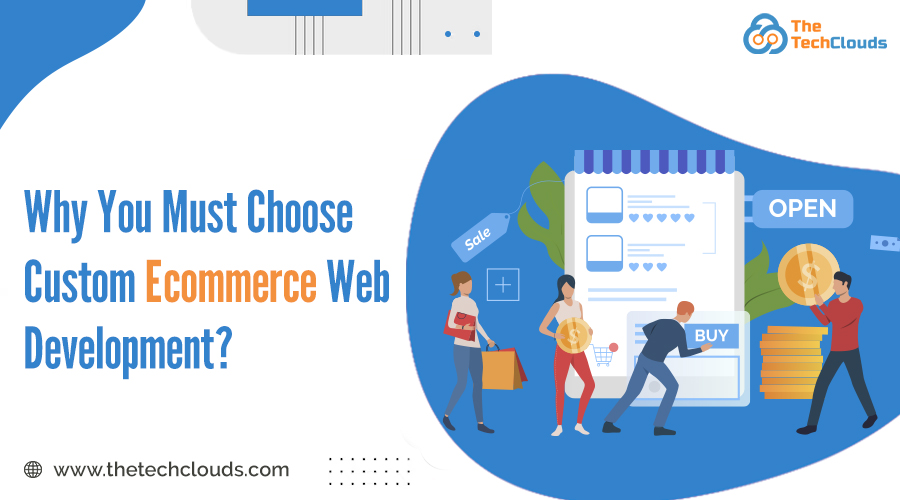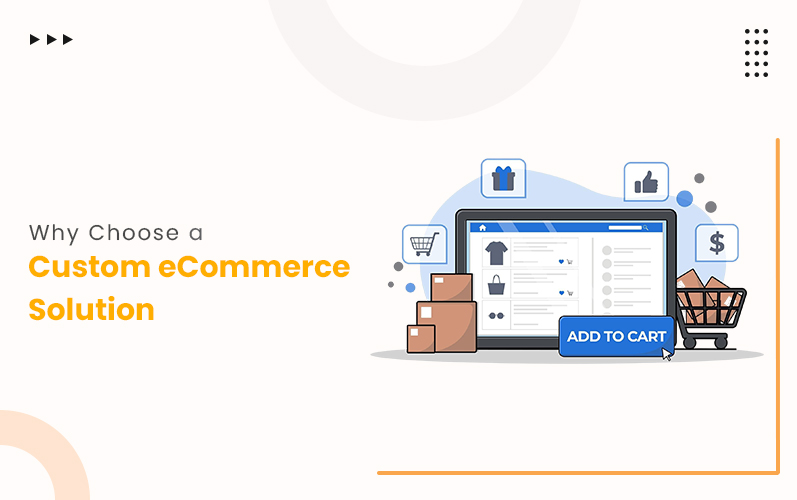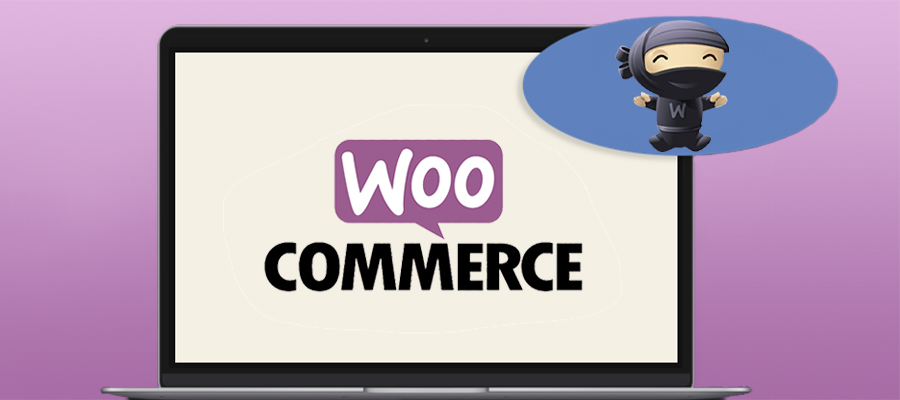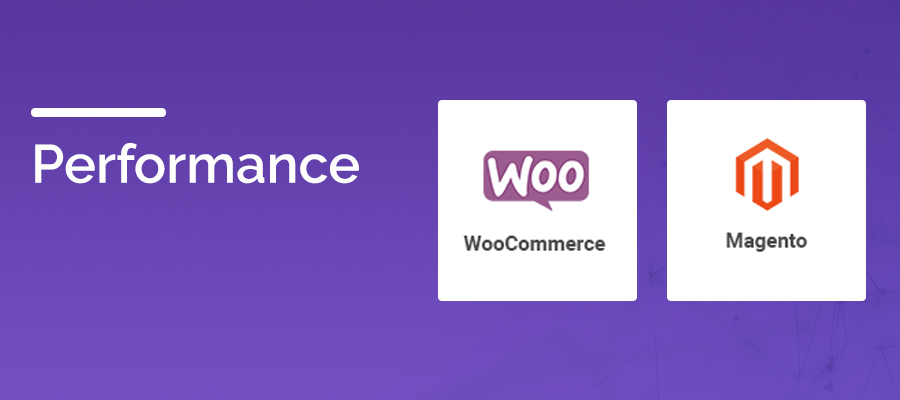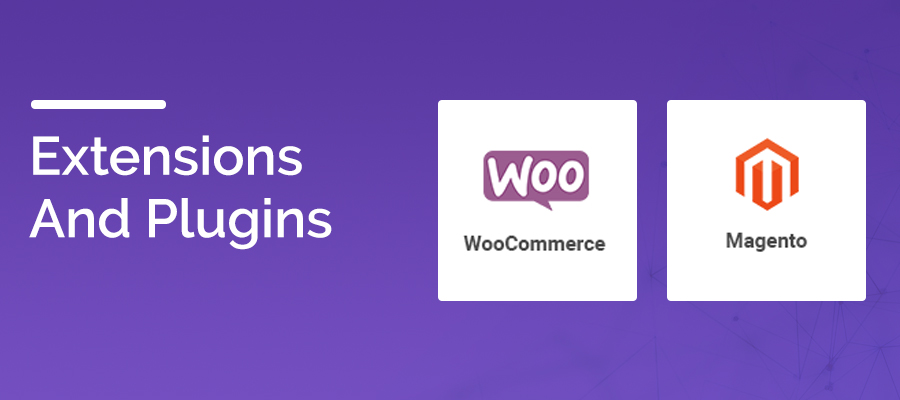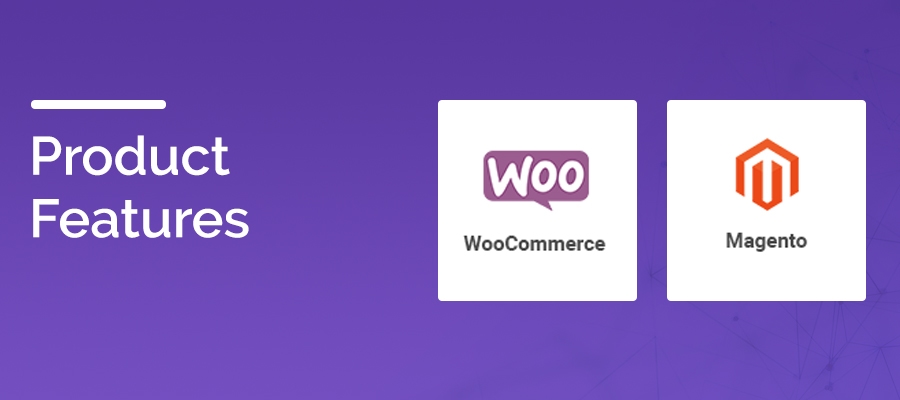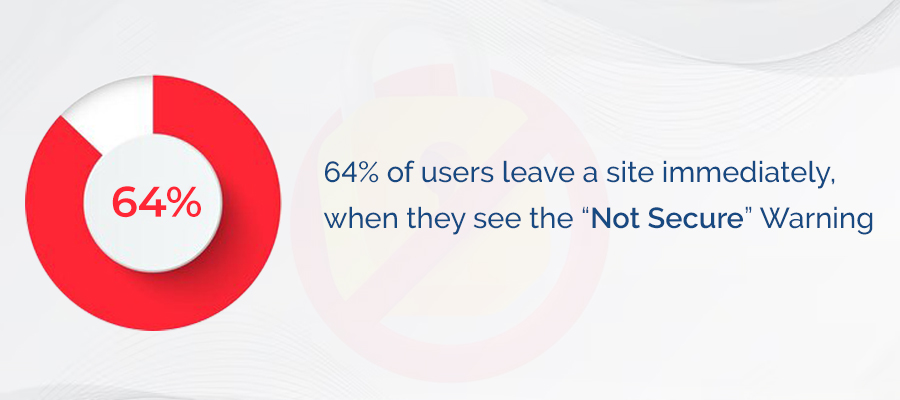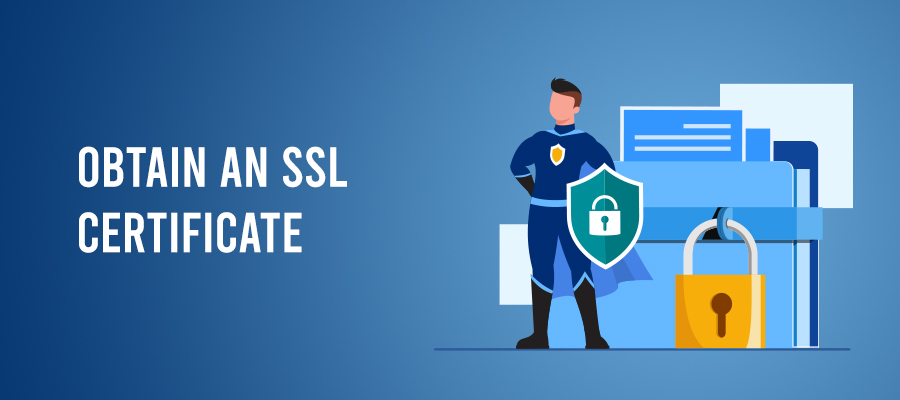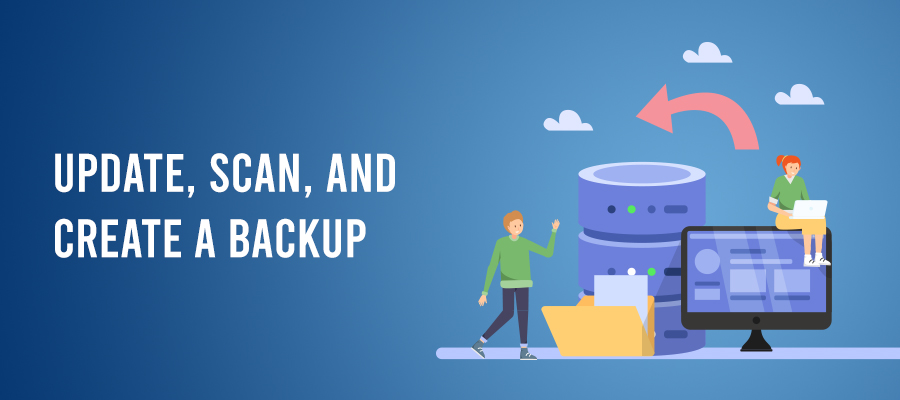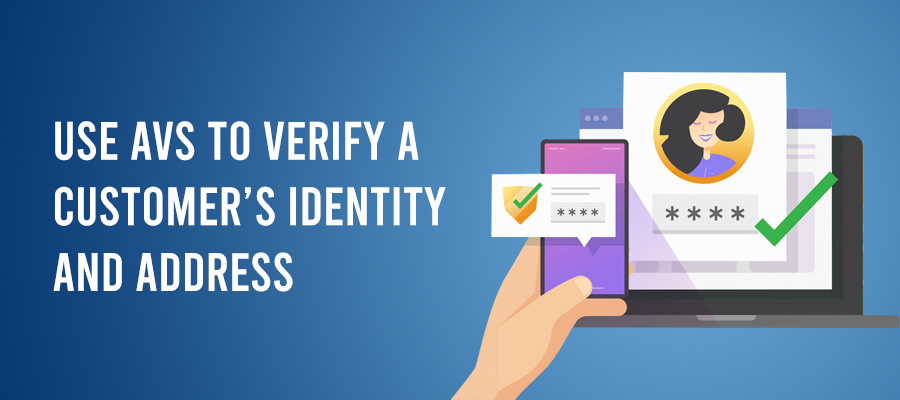Introduction
Currently, about 85% of consumers around the world already shop online. And it’s only going to increase and is expected to reach a massive $7.4 trillion by 2025. In fact, experts predict that by 2040, around 95% of all purchases will happen through e-commerce websites.
The e-commerce industry has opened new avenues of opportunities for entrepreneurs. From big industrial goods to day essentials, brands from all niches are building their own e-commerce website to boost sales.
An e-commerce website has become necessary for brands to boost sales and attract more customers.
Let’s not be surprised because this is very much obvious. With the changing purview of technological upgradation, habits, and lifestyles, customer experience expectations have also changed rapidly. That is why if you want to launch your brand or are an established business owner, hiring an e-commerce website development company is an unavoidable situation for you.
This blog post will give you a detailed guide to streamline all your efforts!
What is e-commerce website development?
E-commerce website development is building an online platform where businesses can sell their products. It’s a plan-backed execution to design UI and UX/ and develop both the front and back end of an e-commerce store by leveraging all resources.
The key elements of custom e-commerce website development involves:
- UI/UX designing to make browsing, searching, and buying easy, engaging, and enjoyable for customers.
- Front-end development, including the functionality, product pages, shopping carts, checkout, and the storefront.
- Back-end development entails data security and server-side operation.
- Integration of secure payment gateways, live chat support, currency converters, and analytical tools for expanding e-commerce capabilities.
The best e-commerce website development company in India crafts every element to enhance the customer journey experience to satisfy more users and encourage them to purchase more from your online store. A well-developed e-commerce website boosts sales and builds trust signs that enhance sales volume.
Why should you hire an ecommerce development company?
One out of every four products will be purchased online by 2027. This expectation is fuelling the trend of hiring e-commerce website developers.
However, the benefits of custom e-commerce website development go beyond the sales boost as follows:
Start with Low Cost
As the service name refers, it's completely customized. Your website will include only the features and functionalities you need right now. You can make most of the limited resources and budget and leave the rest to the scalable capacities.
Faster Time to Market
By hiring an e-commerce website developer, you get an experienced team to get started with. From discovery, research, design, and development to launch, the specialist team will help you quickly cater to all stages' requirements without losing the quality.
Custom Solutions
You will get a professional platform tailor-made to your brand style. The expert-built bespoke e-commerce shop will reflect your brand's value proposition that matches your consumers' expectations. Hence, more users will be satisfied, and business growth will happen as approximately 70% of customers say their loyalty to a company is determined by how well it takes care of their needs.
SEO and Performance Optimization
Inbound leads are like some of the genuine assets for your e-commerce brand. SEO and performance optimization is an effective inbound marketing strategy. And guess what? SEO is one of the effective sources of inbound leads, as recognized by 60 % of marketers.
E-commerce website development companies handle your brand's SEO and performance optimization requirements. They will make your site load fast and are search engine friendly. Hence, your store ranks higher on organic searches and attracts more traffic and high-quality leads.
Seamless Integration
E-commerce integration is crucial for your business. Why? It fills the gap between what you need and what you have. A B2B e-commerce website development specialist provides a custom list for integration. Firstly, they sort out what your platform needs, see what the existing system can have, and then bring the best out of the ecosystem using their skills and strategies.
Support and Maintenance
Post-launch support is something that gives the business owners complete peace. There will be no burden to keep the system running smoothly or seek proactive help while the system crashes. You will have a team to fix bugs, manage technical glitches, make updates, improve security patches against potential risks, and keep your online business running smoothly.
Develop a better user experience
Customers visit an e-commerce site with expectations of a hassle-free shopping experience, payment security, real-time tracking feature, and doorstep delivery. If your e-com store can satisfy all the needs conveniently, then we must say you have created a higher degree of UX successfully. You can create all the features of ecommerce website easily with the help of an e-commerce development company India. Investing in UX design in ecommerce generates returns of up to $100 for every dollar spent.
Boost Sales with the Mobile Commerce
54% of e-commerce sales will happen through mobile commerce. Hence, not developing a mobile store means losing leads and revenue. An e-commerce website development service provider can help you get a mobile e-commerce store. This will take your brand to the next level as you can finally improve, personalize, and reach a broad base of consumers.
Read More: 6 Steps to Create a Successful eCommerce Website
How to choose the right e-commerce website development company?
1. Define Your Business Needs and Goals
Clarify what you want from your e-commerce website. Identify your target audience, desired features, scalability, and long-term goals. This clarity will help align development services with your vision.
2. Identify a List of Web Developers and Companies
Research and compile a list of potential e-commerce development companies. Use directories, online searches, referrals, and platforms like Clutch or LinkedIn to shortlist reputable and experienced providers.
3. Evaluate Technical Expertise
Assess their technical capabilities, including programming languages, platforms (like Shopify, Magento, WooCommerce, ERPNext, and integration experience. A skilled team consisting of the best web development expertise who can ensure your seamless site functions and can adapt to future needs.
4. Understand and Share Your E-commerce Website’s Purpose
Communicate your website’s core purpose—whether it’s product sales, subscriptions, or custom orders. Ensure the company understands your business model and can design solutions tailored to that purpose.
5. Read Reviews and Customer Feedback
Look for authentic testimonials, case studies, and reviews from previous clients, these are the best tips for choosing an ecommerce website. Positive feedback and long-term relationships indicate reliability and satisfaction with project delivery, support, and communication.
6. Understand Their Development Process
Ask about their workflow, timelines, and testing phases. A transparent, structured development process with milestone tracking helps avoid delays and ensures quality throughout the project lifecycle.
7. Define Your Timelines
Clearly state your expected delivery date and key milestones. Choose a reputable ecommerce website development company in india that can realistically meet deadlines without compromising quality or requiring constant timeline adjustments.
8. Check Communication and Support
Evaluate how responsive and proactive the team is. Finding an ecommerce development company is crucial that regularly updates, propagates communications, and provides dedicated support in every matter greatly during and after development of the website.
9. Compare Pricing
Compare proposals based on features, maintenance, design, and ongoing support—not just the initial cost, then make the prudent decision of choosing the best ecommerce website development company in India. The cheapest option may lack scalability or essential features, impacting long-term growth.
Read More: Top Features Your E-commerce Website Can’t Do Without In 2025
Why is it challenging to choose the right eCommerce website development services?
Finding an e-commerce development service feels like an uphill battle because:
Too Many Service Providers
Thousands of web development agencies—freelancers, boutique firms, enterprise-level companies—claim to be "experts." The abundance of choices makes it hard to distinguish the options and find someone who truly understands your needs.
A variety of Platforms and technology Stacks
These experts use a range of tech stacks, leading to confusion. If you're not tech-savvy, it's easy to get overwhelmed or misled into choosing a platform that may not suit your plan for scalability, budget, customer needs, or other considerations.
Customization Vs. Templates
Choosing between them depends on your brand's complexity, marketing needs, and customer expectations. If you don't have clarity or fail to explain everything clearly to your service providers, it can lead to disappointment.
Integration Needs
Third-party tool integration, such as CRMs, inventory systems, marketing automation, or secure payment gateways, is a backbone of modern eCommerce. However, not every service provider has the expertise to handle these connections seamlessly, which may affect your store's functionality and growth.
Post Launch Support
Many e-commerce development services providers fail to provide technical support and maintenance services for post-launch phrases. It hampers the daily operation of the business. Many businesses don't recognize this; with time, it creates a roadblock to achieving the overall goal.
Hidden Performance Gaps
A site can look great but perform poorly. Without proper development practices like mobile-first design, conversion-focused user journey, UX lazy loading, SEO-optimized structure, and page speed best practices, your beautifully designed store might still have high bounce rates and low conversion. Many business owners find this out too late.
Conclusion:
Choosing the right eCommerce website development company is key to building a strong online presence and driving business growth. A reliable partner ensures seamless functionality, user experience, and scalability, making finding ecommerce development company options essential for success.
Get Started with You Project
The Tech Clouds (TTC) stands out as a trusted ecommerce website development company in India, offering tailored solutions across platforms like Shopify, WooCommerce, Magento, and ERPNext. With a skilled team and client-focused approach, TTC helps transform your vision into a high-performing eCommerce store that delivers results and supports long-term growth.
Let TTC power your digital ecommerce journey today.
Don’t think much; get in touch now with the best E-commerce development company India now!


